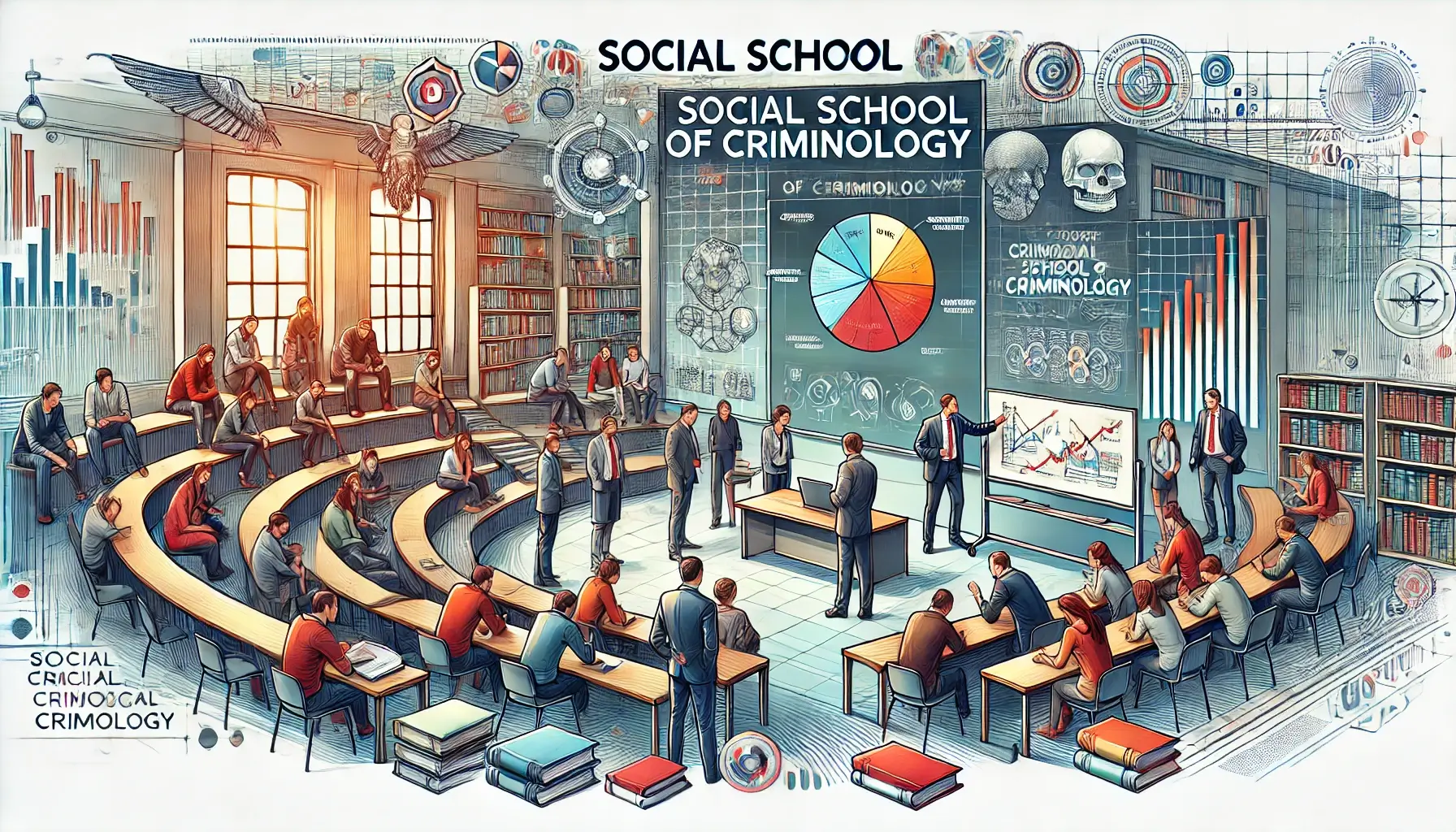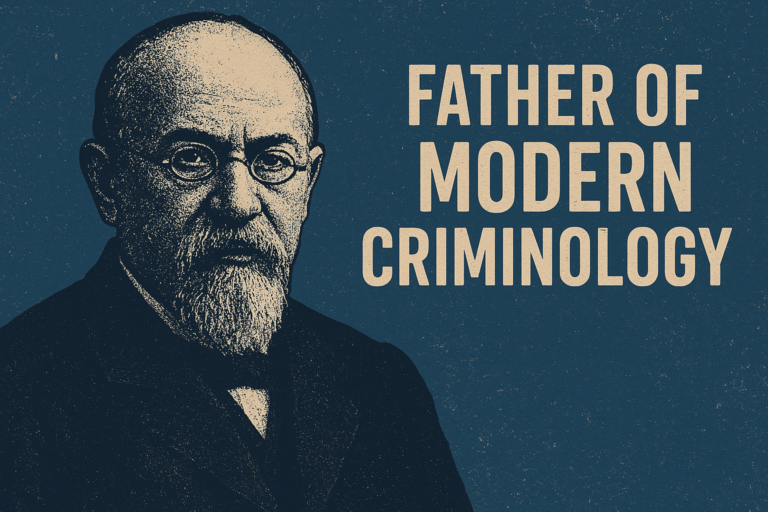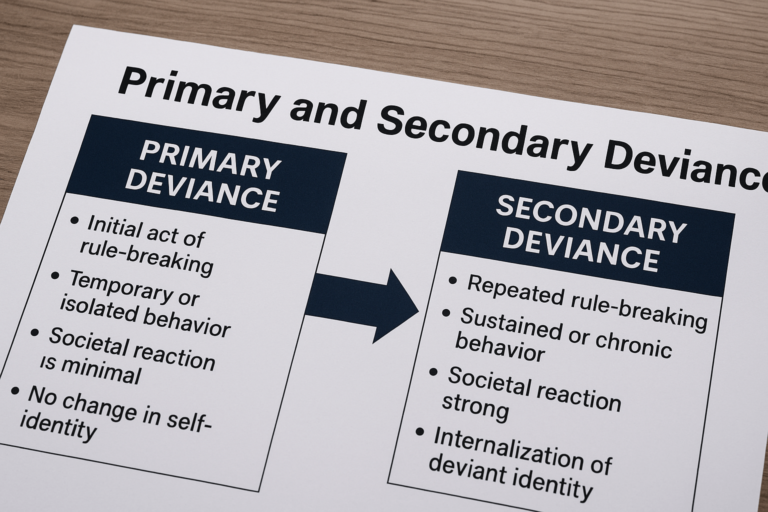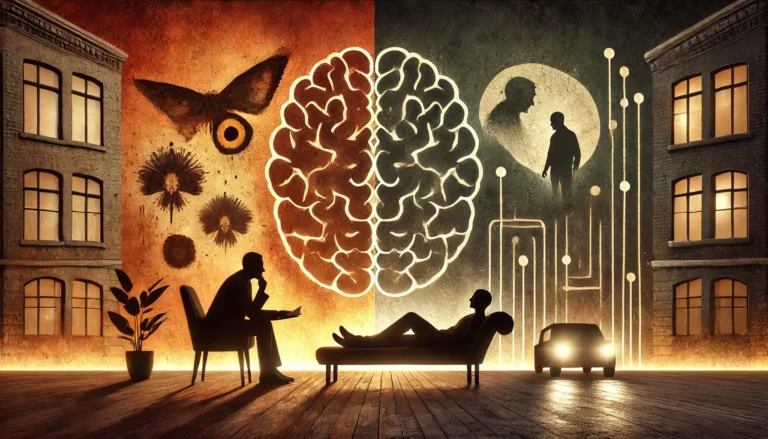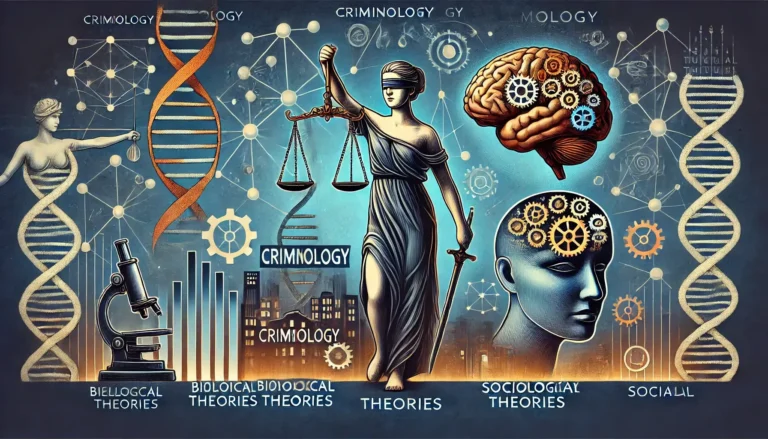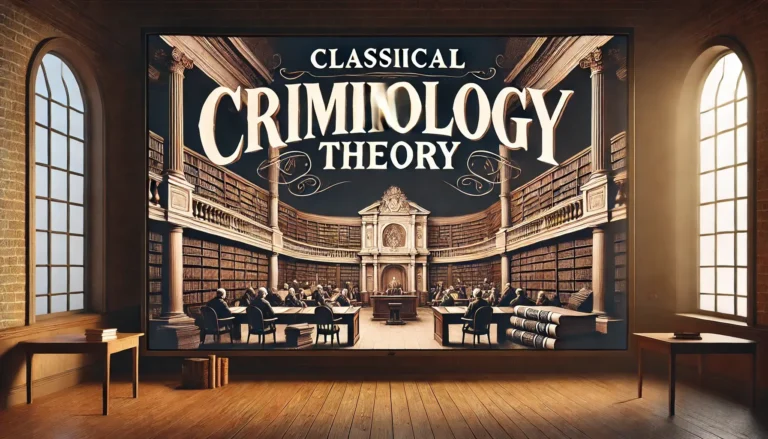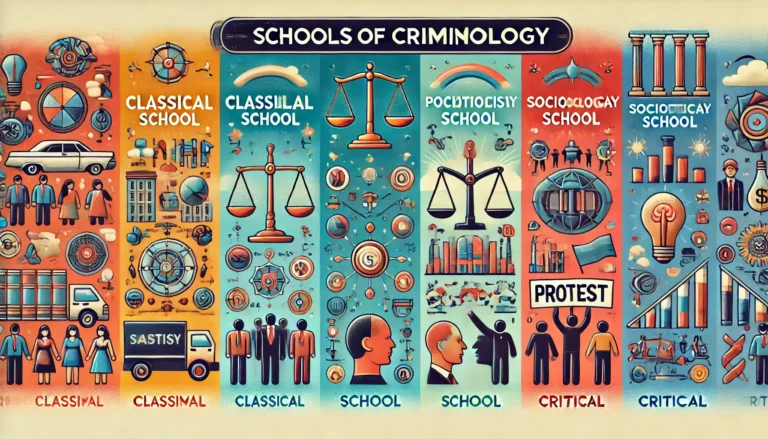The Social School of Criminology: Theories, Key Contributors, and Applications
Introduction to The Social School of Criminology
The Social School of Criminology, which emerged as a significant theoretical framework in the study of crime, emphasizes the role of social factors in influencing criminal behavior. Unlike biological or psychological theories that focus on the individual, the Social School focuses on the environment and societal structures as primary determinants of crime. This school arose during the early 20th century, driven by the idea that crime is not merely the result of individual moral failings but a product of the individual’s interactions with their social surroundings. Theories within the Social School explore how various social elements—such as family, peer groups, socioeconomic status, and community structure—can contribute to criminal behavior.
Key Theories within The Social School
Social Disorganization Theory
One of the cornerstone theories of the Social School is the Social Disorganization Theory, primarily developed by sociologists Clifford Shaw and Henry D. McKay in the early 20th century. The theory suggests that crime is more likely to occur in communities that lack strong social cohesion, social control, and a sense of community solidarity. These communities often experience rapid social changes, such as high levels of migration, economic instability, and urbanization. Shaw and McKay found that crime rates were higher in inner-city neighborhoods, which were characterized by poverty, instability, and a breakdown of traditional social norms. According to the theory, when individuals in these communities lack proper role models and social institutions like schools or churches, they are more likely to engage in criminal behavior.
Strain Theory
Developed by Robert K. Merton in the 1930s, Strain Theory suggests that crime results from the pressure placed on individuals when they are unable to achieve societal goals through legitimate means. Merton argued that society sets cultural goals, such as financial success, but the means to achieve these goals are often not equally accessible to everyone, particularly to those in lower socioeconomic classes. The frustration or “strain” that results from this disparity can lead individuals to turn to alternative means, including crime, to achieve their goals. Merton categorized responses to strain into five modes: conformity, innovation, ritualism, retreatism, and rebellion, each of which explains different ways individuals adapt to societal pressures.
Differential Association Theory
Differential Association Theory, introduced by Edwin H. Sutherland in 1939, emphasizes the importance of social interactions in the learning of criminal behavior. According to this theory, crime is learned through interactions with others, particularly within intimate groups such as family members, friends, and peers. Sutherland argued that individuals learn both the techniques of committing crimes and the justifications for their actions through exposure to criminal norms and values. If an individual is exposed to more pro-criminal attitudes than anti-criminal ones, they are more likely to engage in criminal behavior. This theory highlights the social nature of crime and the importance of social learning in shaping behavior.
Labeling Theory
Labeling Theory, developed by sociologists such as Howard Becker in the 1960s, suggests that the labels society places on individuals can significantly impact their behavior. According to this theory, when individuals are labeled as criminals or deviants, they may internalize these labels and begin to act in ways that align with society’s expectations of them. The process of labeling can thus create a self-fulfilling prophecy, where individuals continue to engage in criminal behavior because they are socially branded as criminals. This theory challenges traditional criminology by focusing not on the behavior itself but on the societal reactions to it and how those reactions shape the identity of the individual.
Major Contributors to the Social School
Émile Durkheim
Émile Durkheim, one of the founding figures of sociology, played a crucial role in the development of the Social School of Criminology. In his seminal work, “The Division of Labor in Society” (1893), Durkheim argued that crime is an inevitable and even functional part of society. According to Durkheim, crime occurs in all societies, and its existence serves to reinforce societal norms and values. Durkheim suggested that crime is a form of social fact—a pattern of behavior that is external to the individual but influences their actions. He also introduced the concept of “anomie,” a condition of normlessness that occurs during periods of social change or instability, which can lead to increased criminal behavior.
Robert K. Merton
Robert K. Merton is perhaps best known for his development of Strain Theory, which continues to influence criminological thought today. Merton’s work extended Durkheim’s concept of anomie, applying it to American society in particular. He focused on how societal values and the uneven distribution of resources lead to deviance, particularly among lower-class individuals who cannot achieve success through conventional means. Merton’s focus on the relationship between societal goals and the means to achieve them has had a lasting impact on the study of crime and social inequality.
Edwin H. Sutherland
Edwin H. Sutherland’s Differential Association Theory revolutionized the way criminologists viewed criminal behavior. By focusing on the process of social learning, Sutherland shifted the emphasis away from individual characteristics and instead highlighted the importance of social context in the development of criminal behavior. His work has been instrumental in understanding how individuals learn criminal behavior and how social networks and peer groups contribute to the spread of criminal norms.
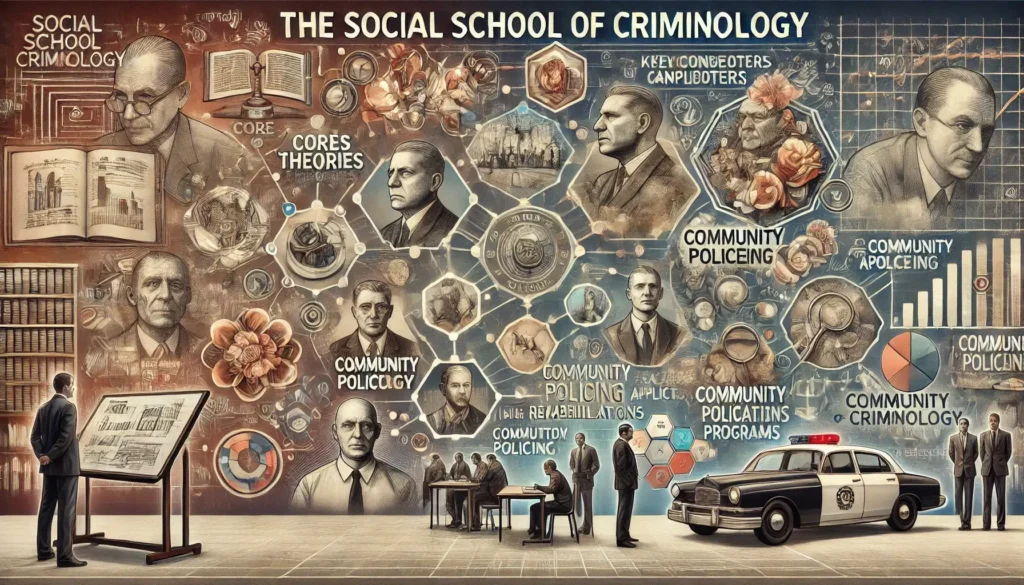
Applications of the Social School in Criminology
The theories within the Social School have had significant applications in criminological research and policy. For instance, the Social Disorganization Theory has been used to explain why certain neighborhoods experience higher crime rates than others. It has also informed urban renewal projects aimed at strengthening community ties and providing social services to at-risk areas.
Strain Theory has been used to analyze the relationship between poverty and crime, highlighting how economic inequality can lead to criminal behavior. This theory has also influenced policies aimed at providing equal access to education and employment opportunities, which can reduce the pressures that contribute to criminal behavior.
Differential Association Theory has been applied in the study of gang behavior and youth delinquency. It has provided insights into how young people may be drawn into criminal behavior through associations with peers who engage in illegal activities. The theory suggests that interventions aimed at changing the social networks of at-risk individuals may reduce the likelihood of criminal involvement.
Labeling Theory has had a significant impact on the way society deals with criminal justice issues. It has been used to challenge the effectiveness of punitive measures and promote alternatives such as restorative justice. By focusing on the consequences of labeling, the theory advocates for policies that reduce stigma and provide opportunities for reintegration rather than punishment.
Criticisms and Limitations
While the Social School has provided valuable insights into the social causes of crime, it has also faced criticism. One of the main critiques is that these theories often overlook the role of individual agency in criminal behavior. By focusing primarily on social structures and environments, critics argue that the Social School underestimates the influence of individual characteristics, such as personality, biological factors, or mental health issues, in shaping behavior.
Furthermore, some critics argue that the Social School does not sufficiently account for the diversity of crime types. While it emphasizes social factors, it may not fully explain why certain individuals in the same social environment choose to engage in crime while others do not.
The Future of the Social School in Criminology
The Social School of Criminology remains an important theoretical framework in the study of crime. As society continues to evolve, new social challenges, such as globalization, technological advancements, and changing family structures, will undoubtedly influence criminal behavior. Future criminologists may build upon the ideas of the Social School by incorporating modern social issues and technological advancements into their analyses of crime.
In conclusion, the Social School of Criminology has significantly influenced the way criminologists understand crime and its causes. Through key theories such as Social Disorganization, Strain Theory, Differential Association, and Labeling Theory, this school has emphasized the role of social environments and structures in shaping criminal behavior. While it has faced criticism for underestimating individual factors, the Social School remains a foundational perspective in criminological theory. Its impact continues to inform research and policy, making it a vital component in the ongoing study of crime and justice.
What do you think about the impact of social factors on crime? Share your thoughts in the comments below!

